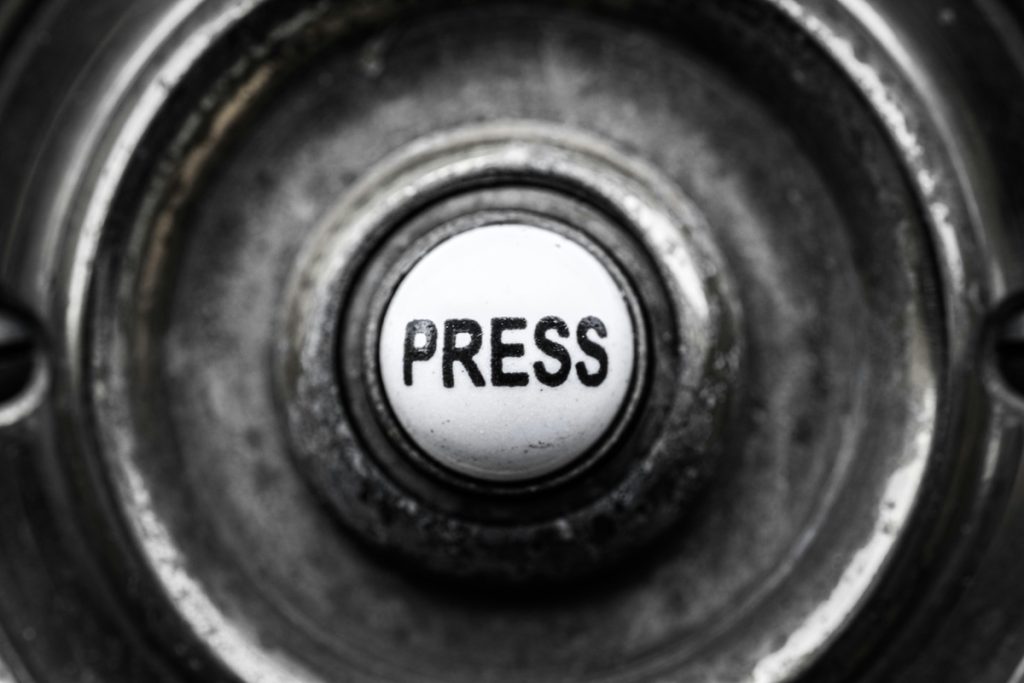In today’s whirlwind media landscape, a well-maintained Public Relations (PR) network is not just a nice-to-have; it’s essential for brands that want to stand out. Think of your PR network as more than a dusty Rolodex of names and email addresses. It’s a dynamic, breathing ecosystem that demands constant attention and care. In this article, we’ll dive into the perks of having a robust PR network, the pitfalls of a lacklustre one, and practical steps to build and maintain these invaluable connections.
The Perks of a Robust PR Network
1. Boosting Brand Visibility
A solid PR network is like your brand’s backstage pass to the media world. It gets your brand or product in front of key journalists and outlets, increasing the likelihood of your news being picked up and spread far and wide. This significantly amplifies your brand’s visibility.
2. Credibility and Trustworthiness
Journalists lean on relationships with trusted sources. A well-maintained PR network ensures your brand is viewed as a credible and reliable source of information. This can lead to more spontaneous press requests and organic attention for your brand.
3. Efficient Information Dissemination
With a strong PR network, you can swiftly and effectively communicate key events, product launches, or crisis management strategies. It allows you to get your message straight to the right people, which is crucial in a rapidly changing media environment.
4. Cost-Effectiveness
Regular positive media coverage can be more cost-effective than paid ads. Editorials and news articles often hold more weight with audiences than advertisements, providing valuable exposure without the hefty price tag of ad space.
The Pitfalls of a Poor PR Network
1. Overzealous Spamming
A common blunder is bombarding journalists with unsolicited messages from a purchased or unverified press list. This is often seen as spam and can tarnish your reputation, shrinking your future chances for publicity.
2. Outdated or Incorrect Data
Many bought or AI-generated press lists are filled with outdated or inaccurate information. Relying on these lists can result in ineffective communication and wasted resources.
3. Lack of Relationship
Without a personal touch or interaction, there’s no foundation for trust or credibility. Journalists are less likely to open or act on messages from sources they don’t know or trust.
4. Missed Authentic Connections
If your network is just a bunch of impersonal lists, you’re missing out on the chance to build real relationships that could lead to valuable collaborations and insights into future media opportunities.
How to Build an Effective PR Network
1. Leverage PR Agencies or Freelancers
Consider hiring a PR agency, freelancer, or an internal PR pro. These experts often have years of experience and established relationships with the press, giving your brand instant access to a valuable network.
2. Develop Personal Relationships
Take the time to get to know journalists and influencers personally. This can be through regular meetings, networking events, or even informal coffee chats. Personal contact is priceless for building lasting relationships.
3. Offer Valuable Content
Ensure the information you share is relevant and newsworthy. Journalists are always on the lookout for stories that interest their audience, so provide content that helps them do their job better.
4. Be Consistent and Reliable
Keep in regular touch with your network without being intrusive. Make sure you respond promptly to requests and always provide accurate and trustworthy information. This bolsters your reputation as a reliable source.
5. Invest in Up-to-Date Press Lists
Invest in a current and well-curated press list, but use it as a starting point. The personal element remains crucial; use the list as a foundation for further relationship-building.
6. Participate in Events and Conferences
Actively network at relevant events and conferences. These offer excellent opportunities to connect with new contacts and strengthen existing relationships.
Maintaining Your PR Network
1. Stay Relevant
Ensure you stay on top of trends and changes in your industry. This helps you share relevant and up-to-date information with your network.
2. Be Patient and Genuine
Building relationships takes time. Be patient and genuine in your interactions. Real interest in the people in your network can lead to deeper and more fruitful relationships.
3. Use Technology Wisely
Utilize PR software and tools to manage your network, but don’t rely solely on technology. Personal contact remains the key to success.
4. Seek Feedback
Regularly ask for feedback from journalists and influencers in your network. This can help you refine your approach and better meet their needs.
In a world where information is plentiful and competition fierce, a strong PR network gives your brand the chance to stand out and communicate effectively with the media. Building and maintaining this network requires time, dedication, and a personal touch, but the benefits for your brand’s visibility and reputation are well worth the effort.



